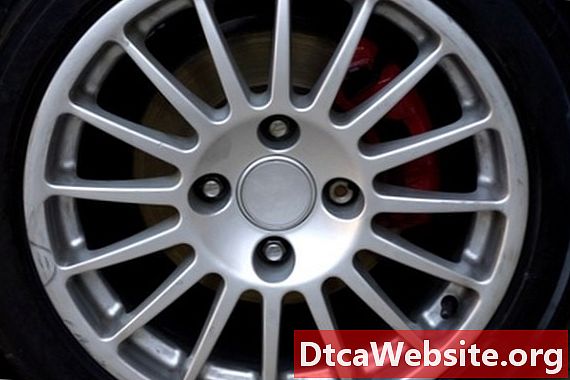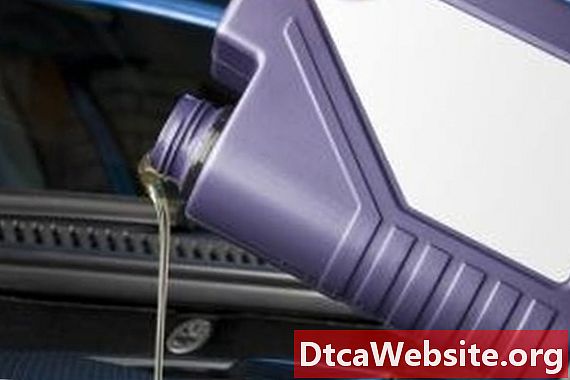
Contenu

When Dodge introduced the all-new, all-aluminum 2.7L V6 as the base engine for its top-selling Intrepid, the initial reception was quite positive. Though much smaller in displacement than the previous generations 3.5L optional engine, the high-winding 2.7L produced a scant 5 percent fewer ponies at the crank and returned 12 percent better fuel mileage. However, the bloom was soon off the the rose with this newest power plant, as proud owners soon began lining the pockets of tow truck owners before the car was even paid off.
The 2.7L Engine
The 2.7L was revolutionary in many ways for an economy car base engine, being all-aluminum, having dual-overhead cams for greater horsepower and producing over 92 horsepower per liter. By comparison, such a high level of efficiency would yield nearly 525 horsepower in Chryslers own 5.7L truck engine. The 2.7L remained Intrepids base engine from 1998 to the cars discontinuation in 2004 and was also offered in practically every other passenger car Dodge made during those years.
Oil Sludge
This otherwise fine engine had a glaring problem, one which (according to an informal Internet poll on Edmunds) would come to claim a staggering 32 percent of all cars so equipped from the time of sale to present. Theories range from design errors to corporate conspiracy, but the 2.7L quickly became known for engine failure due to build-up of oil sludge in the engine passages and crank-case.
Coolant Leakage
The primary cause of the 2.7Ls notorious sludge problem is internal coolant leakage. The problem lay in the design of the V6s water pump, which allowed small amounts of coolant to enter the crankcase. This water would combine with the hot engine oil, causing the carbon within to cook, separate from the lubricant and build up wherever it could find a foothold. Combined with the 2.7Ls already narrow oil passages, this condition would lead to a rapid drop in oil pressure and subsequent engine failure.
PCV Malfunction
To be clear, the Positive Crankcase Evacuation system does not malfunction, as is the common belief. According to top industry experts (and indirectly Chrysler itself), it was never designed right in the first place. This system uses a series of hoses and valves connected to the intake manifold to keep the crankcase in a state of constant vacuum. Failure or inadequacy of this system leads to poor oil control, and build-up of carbon on engine hot-spots.
Chryslers Mea Culpa
Without actually admitting it, Chrysler quietly began making changes to the 2.7L practically from the moment it hit showrooms. Though corporate executives will not admit the error and offer recall repairs for still warrantied vehicles, the fact that they went to work redesigning the 2.7Ls oiling system in 1999 should be testament to the notion that they were aware of the problem from day one.


